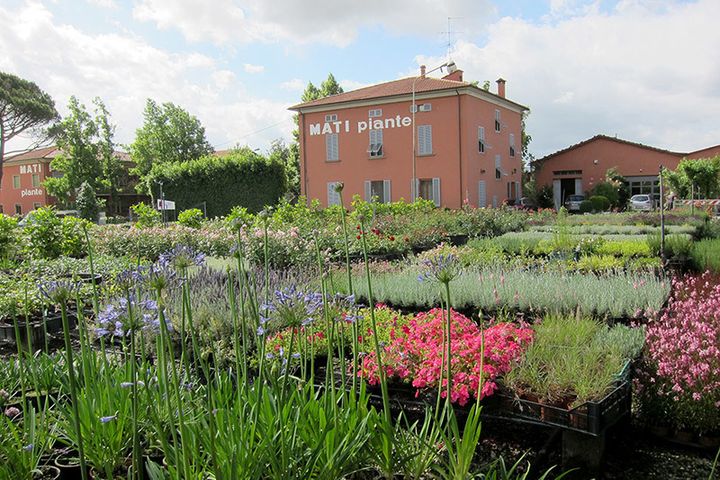
The Piante Mati gardens run by Andrea Mati, where plants and people are given the opportunity to reflourish.
How many marginalized communities are there and where are they located in today’s globalized world? By “marginalized”, I mean people who live outside the sphere of society where affluence and effective public institutions guarantee decent living standards. They are numerous and they are everywhere, and not only in regions like sub-Saharan Africa or the Middle East that western societies often consider “remote”. Instead, you can find marginalized populations in the largely forgotten peripheries of big European cities, in the islands along the migration routes crisscrossing the Mediterranean, and in the teeming slums of Asian megacities. The marginalized groups of the world today are not only found outside well-defined geographical borders; they are within our societies, embedded in the communities we have built.
Life at the margins is made of protracted exclusion from a society that appears beautiful but cold, approachable, but not accessible. This distance is amplified by media, which continuously showcases these two worlds as a binary pair, thus creating an artificial separation between the two. I was stricken by the words of an African migrant recently interviewed in Italy: “We Africans always see our countries portrayed as the place of starvation, conflict, exclusion, while we see Europe as an Eldorado of affluence and availability. When we migrate, we emotionally try to pass from heaven to hell. Those who succeed feel like being heroes. We know we could die in the attempt: migration is dangerous. But it’s better to challenge our condition than waiting for a slow death at home.”
It happens everywhere. Our globalized and hyper-connected society is divided between heaven and hell, within the borders of the same country, the same region, the same town. Those who live at the margins try to access heaven. This applies even to “rich” societies. For instance, radicalization in Europe - the first step towards criminality and even terrorism - is part of this wider phenomenon growing out of marginalization. Many young radicals in Europe experienced life at the margins, separated from the glamour and opulence they see on the other side.
Indeed, humanity has always been divided between the rich and the poor, those who are included and those who are excluded from wealth and wellbeing. But there are two new factors in play: 1) the possibility to see how life is on the other side of the border and 2) access to education and to the welfare state. Through these two fundamental advances of history, more people develop the awareness of their human potential, as well as their desire to fulfill it. This drive to move from hell to heaven is also the outcome of a positive process of awareness raising that good public investments and the media - especially social media - have initiated. This is something that we must not hamper.
What we have to stop is building walls, visible and invisible, between the two worlds. We have to stop creating margins, because margins are not sustainable: they explode. This can be done. Margins are man-made and can be erased. But doing so requires structuring our society and our resources to be more inclusive. Investing in margins can help the world to flourish. I have witnessed this by working in Africa and I am experiencing this now, in my new work with migrants. But the most incredible example of comes from a friend of mine, Andrea Mati, who runs a large nursery company in Italy (Piante Mati). Here is a short story he wrote:
Around my house, I have a garden of discarded plants that were destined to be burnt as trash, but were given a second chance. I work with plants and thus with living beings: I have the deepest respect for them. Over the years, I’ve learned that a suffering plant can become an incredibly beautiful presence if treated with love and given due attention. I’ve experienced the same with people who live in marginalized conditions. There are some people who suffer from various conditions of social exclusion, due to sickness or social distress (due to drug or alcohol abuse) who work in my garden, caring for the dying plants. The results have been astonishing: both the people and the plants can flourish again. Following this experience, I decided to create a set of green gardens to be entrusted to people with some degree of physical or mental disease, conditions that excludes them from social life, thus creating conditions of marginality. They have been able to grow a wealth of good vegetable produce---from tomatoes, to salads, artichokes, aubergines, beans and a lot more. Initially this was only for their consumption, but they started growing greens for other people, which grew into a small business and a social network.
Investing in margins produces a good return for society. Maybe we should start calculating the return on these kinds of investments for society as a whole.